The Artic Culture Area includes the Aleutian Islands, most of the Alaska Coast, the Canadian Artic, and parts of Greenland. It is an area which can be described as a “cold” desert. Geographer W. Gillies Ross, in his chapter in North American Exploration. Volume 3: A Continent Comprehended, writes:
“The North American Arctic is usually considered to be the region beyond the northernmost limit of tree growth.”
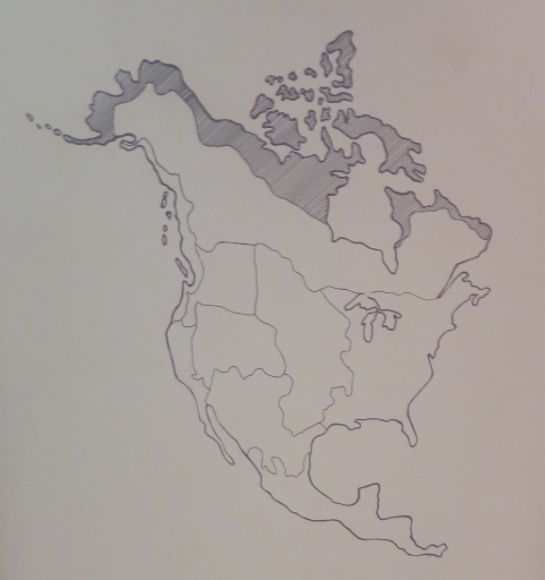 The shaded area on the map shown above shows the Arctic culture area.
The shaded area on the map shown above shows the Arctic culture area.
Shown below are some of the baskets from the Arctic that are on display in the Maryhill Museum of Art near Goldendale, Washington.
Western Alaska Native Baskets
Shown below are baskets made in the 1970s by unknown Alaska Native artists. These appear to have been made for sale to non-Natives.
Yup’ik
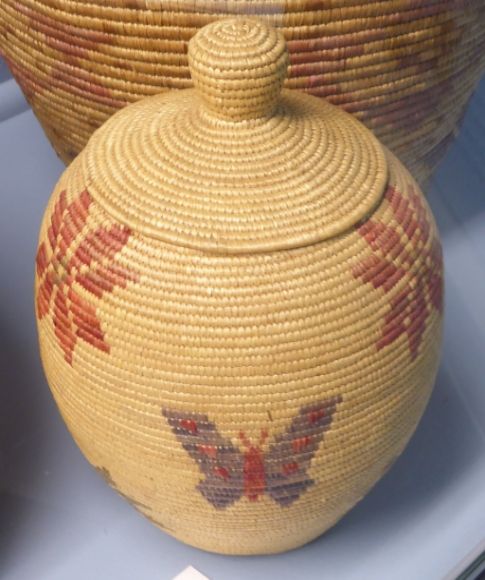 Shown above is a lidded basket made in the 1970s by Mary K. Atti.
Shown above is a lidded basket made in the 1970s by Mary K. Atti.
Eskimo Baskets
According to the Museum display:
“Typical Eskimo baskets were coiled using wild grasses. When weavers began to make baskets for sale, designs were added in wool yarn and other materials.”
Aleut Baskets
According to the Museum display:
“Aleut basket makers were known for their fine weaving and delicate designs. The baskets were twined of wild rye grass and decorate with wool yarn, silk embroidery thread, or feathers. Weavers took their designs from both traditional and modern sources. Wallpaper patterns and candy boxes are among the sources cited.”
Lidded baskets were generally made for the tourist trade.
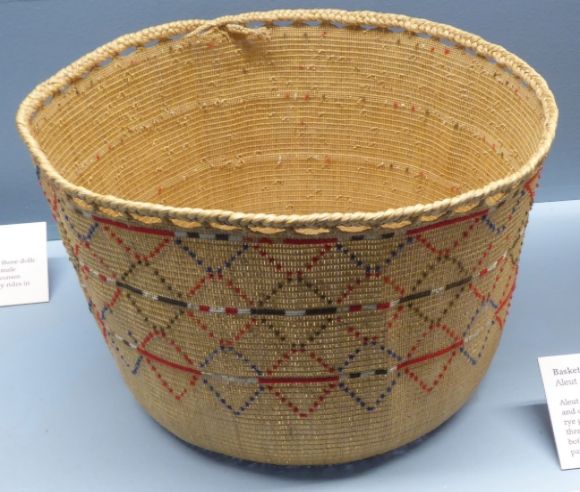
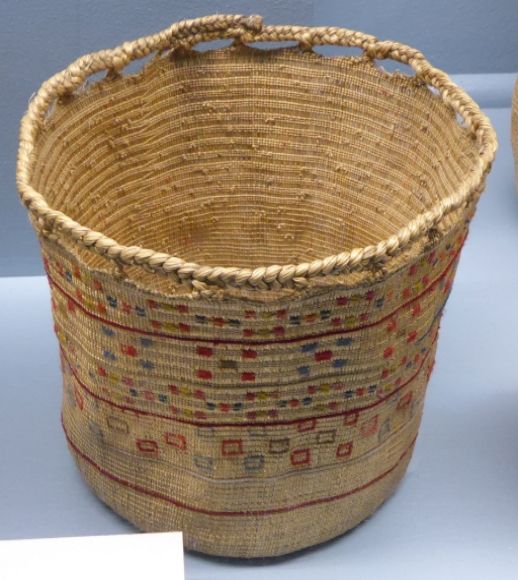
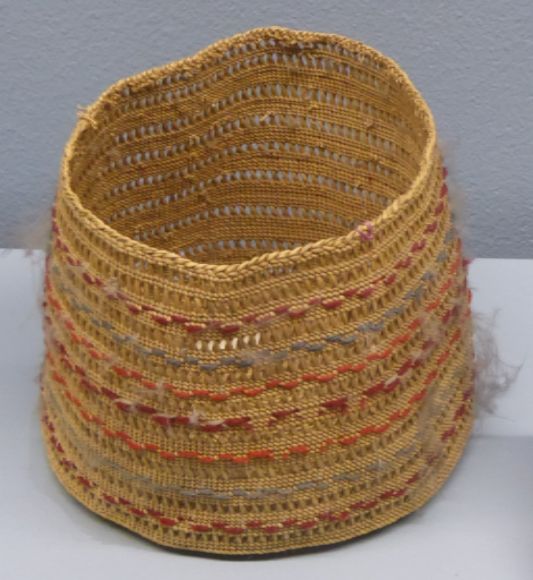
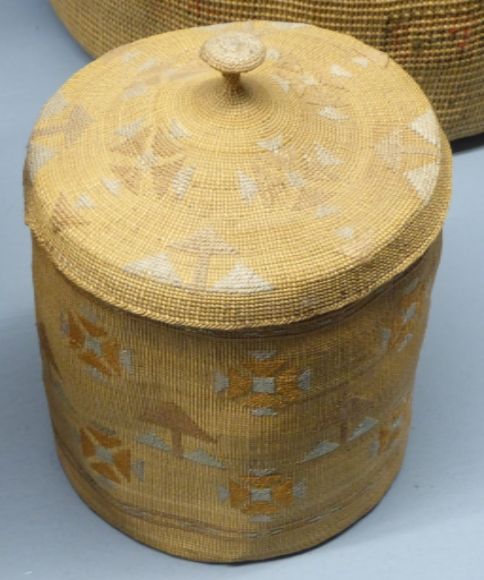
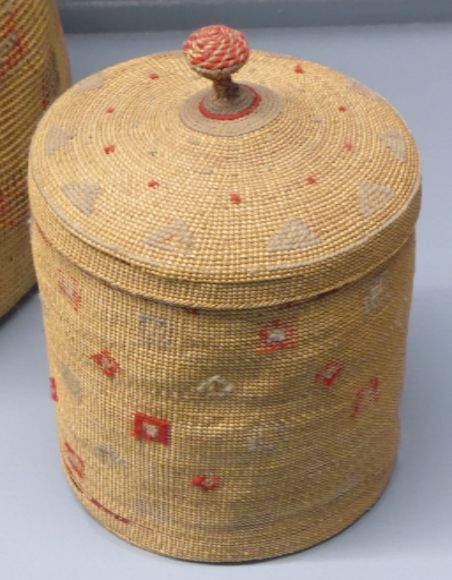
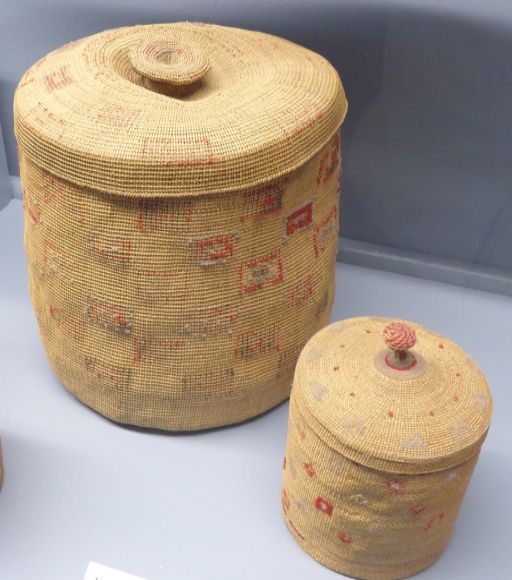
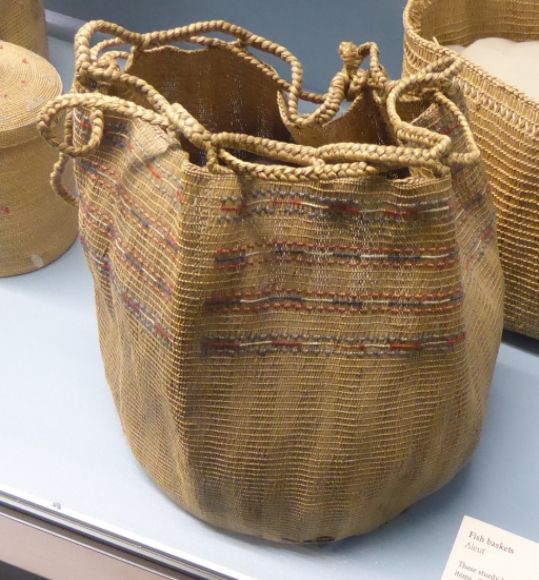 Shown above is a bag for carrying fish and other items.
Shown above is a bag for carrying fish and other items. 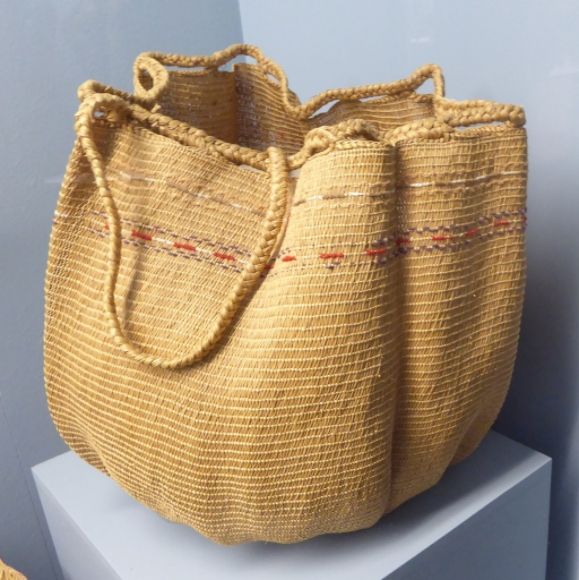
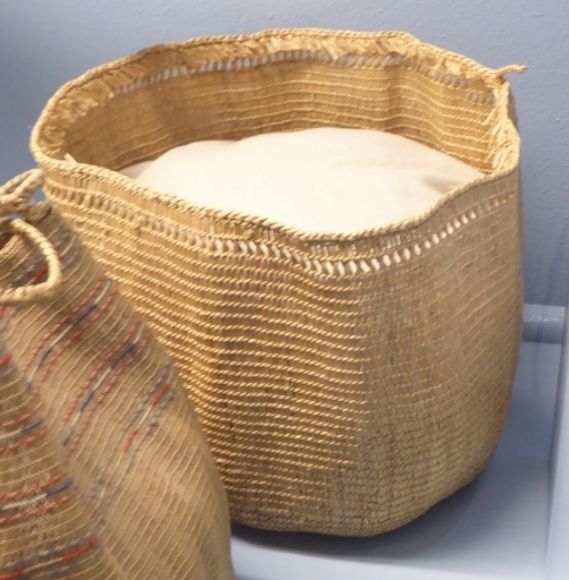
Baleen Basket
According to the Museum display:
“An elastic, horny material, baleen forms the fringed jaw plates of some whale species, and is used to strain plankton and other foodstuffs out of the sea.”
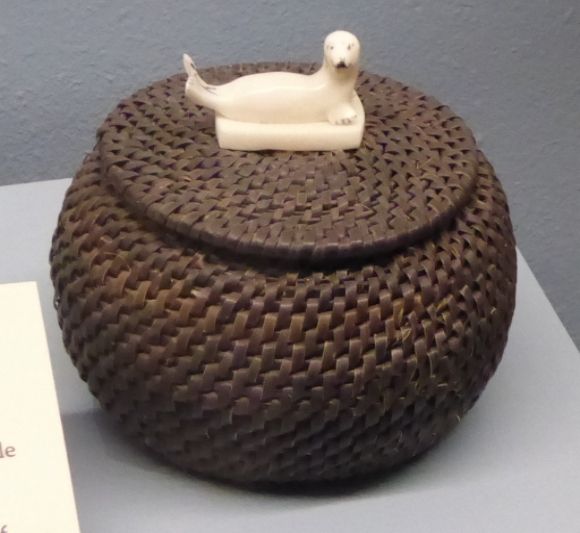 Shown above is a contemporary basket made of black coiled whale baleen. This basket was made by Herbert Kunuk in 1974. The lid handle is a carved walrus-ivory seal.
Shown above is a contemporary basket made of black coiled whale baleen. This basket was made by Herbert Kunuk in 1974. The lid handle is a carved walrus-ivory seal.
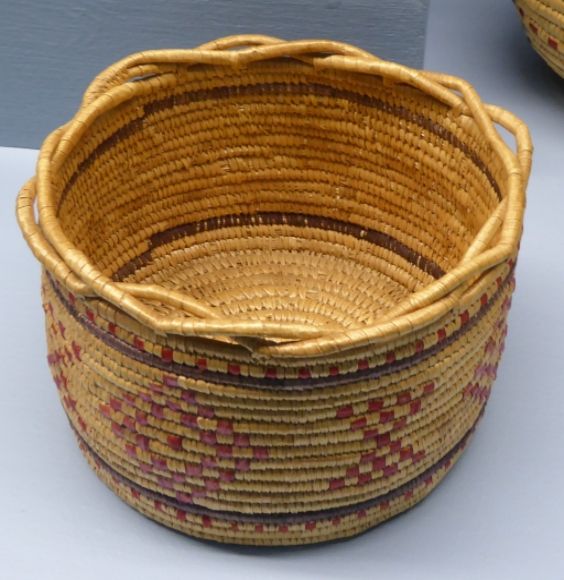


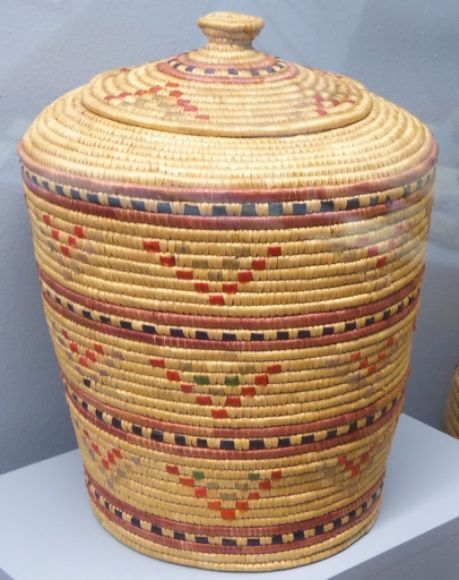
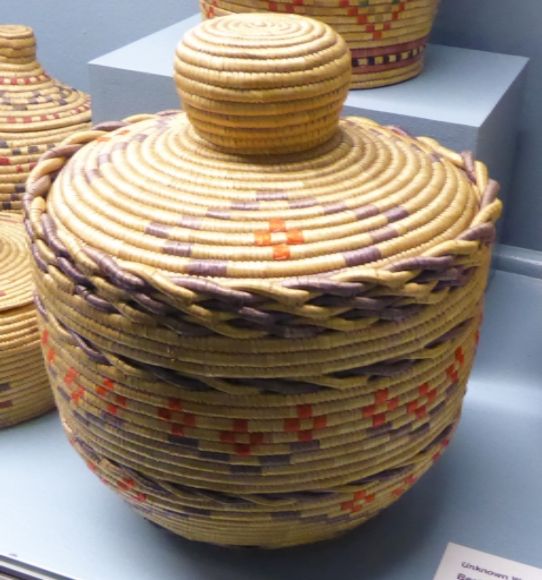
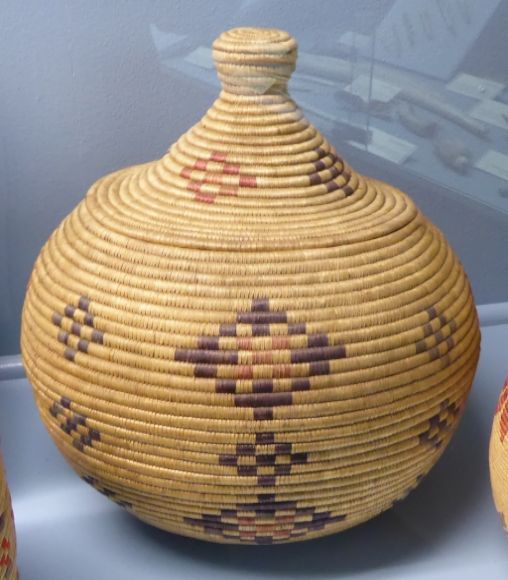
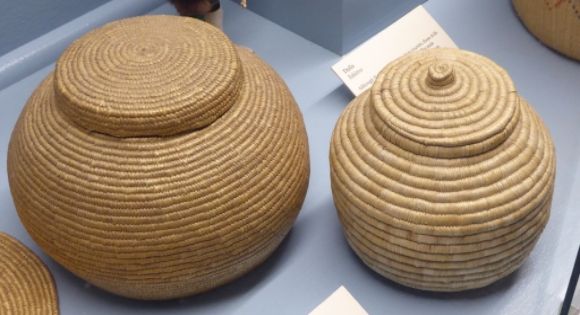
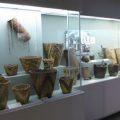
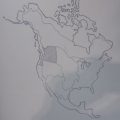
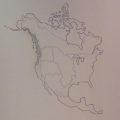
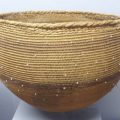
Leave a Reply